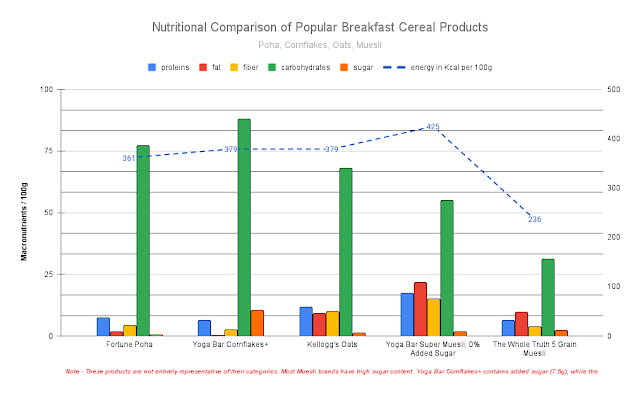Lower-Sodium Salt Substitutes (LSSS)
The World Health Organisation (WHO) recommends that one should consume less than 5 gms of salt (2 gm sodium) daily. However, all available evidence suggests that people, including Indians, consume two to three times the recommended level of salt.
The WHO issued a guidance document in 2012 with a global target to reduce mean population sodium intake by 30% by 2030.
LSSS most commonly contains a mineral replacement like potassium chloride, which helps lower blood pressure.
LSSS is linked to a reduction in heart attack and stroke risk when compared to regular salt.
LSSS available in India has 15-30% less sodium.
Pink Himalayan salt, black salt, and sea salt do not fall into the LSSS category.
High levels of potassium can be harmful to those with impaired kidney function, potentially leading to hyperkalemia, a condition that affects heart function and can be life-threatening.
The WHO guideline on LSSS is not applicable for individuals with kidney impairments or other conditions that might compromise potassium excretion.
There is insufficient evidence to support the benefits of substituting regular table salt with LSSS in children and pregnant women, so these groups are excluded from the recommendation.
Some experts suggest that it may be better to encourage cutting down salt intake instead of promoting LSSS.



Comments
Post a Comment